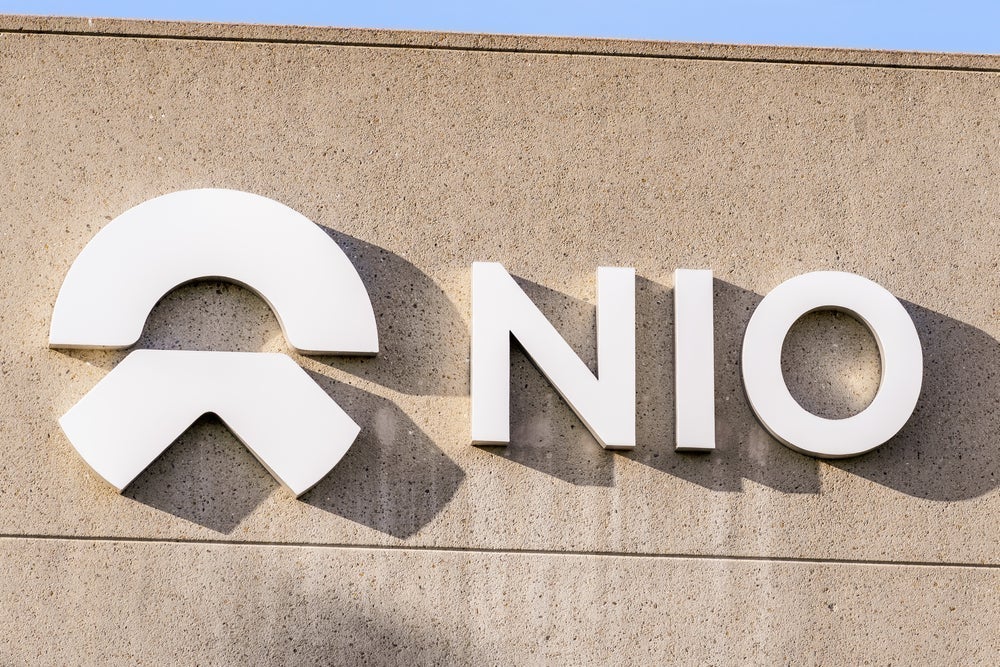Introduction
NIO Inc., a prominent player in the electric vehicle (EV) sector, has recently exhibited notable stock volatility, capturing the attention of investors and market analysts. This article delves into the multifaceted factors contributing to these fluctuations, examining internal company developments, external market dynamics, and broader industry trends that collectively influence NIO’s stock performance.
Company Performance and Financial Health
Recent Earnings and Deliveries
In the third quarter of 2024, NIO reported vehicle deliveries totaling 61,855 units, marking a 12% increase from the previous year. Despite this growth, the company faced a net loss of approximately $710 million, with revenues declining by 2.1% to $2.57 billion. This revenue shortfall is attributed to intensified price competition within China’s EV market, leading to reduced average selling prices.
Analyst Downgrades and Market Sentiment
The financial community has responded to NIO’s performance with caution. Goldman Sachs downgraded NIO’s stock to a ‘Sell’ rating, citing concerns over limited new model launches, tepid order momentum, and escalating price competition. The firm adjusted its price target to $3.90, suggesting potential further declines. Such downgrades have contributed to investor apprehension, influencing stock volatility.
Competitive Landscape and Market Dynamics
Intensified Competition in the EV Sector
China’s EV market is experiencing heightened competition, with numerous manufacturers vying for market share. Companies like XPeng and Li Auto have reported significant delivery numbers, intensifying the competitive environment. This rivalry has led to aggressive pricing strategies, impacting profit margins across the industry.
Government Policies and Economic Factors
Government policies play a crucial role in shaping the EV market. While supportive measures have been implemented to promote EV adoption, the overall economic climate and policy shifts can influence consumer demand and industry growth. NIO’s performance is intertwined with these broader economic and policy contexts.
Strategic Initiatives and Future Outlook
Expansion into New Markets
NIO is actively pursuing international expansion to diversify its market presence. The company is set to open its first Nio House in the United Arab Emirates, marking its entry into the Middle East and North Africa region. This strategic move aims to tap into new customer bases and mitigate domestic market pressures.
Product Development and Innovation
Innovation remains a cornerstone of NIO’s strategy. The company plans to introduce new models under its Onvo and Firefly brands, targeting different market segments. However, analysts express concerns about the limited number of new model launches, which may affect NIO’s competitiveness in the rapidly evolving EV landscape.
Investor Considerations and Broader Implications
Stock Performance and Investment Risks
NIO’s stock has experienced significant fluctuations, with a year-to-date decline of approximately 47%. Investors should consider the inherent risks associated with the EV sector, including market competition, regulatory changes, and technological advancements. Diversification and a thorough understanding of market dynamics are essential for informed investment decisions.
Impact on the EV Industry
NIO’s challenges reflect broader trends within the EV industry, such as the balance between rapid growth and sustainable profitability. The company’s strategies and performance may influence industry standards, competitive practices, and investor confidence in the EV market.
Conclusion
NIO’s recent stock volatility is the result of a complex interplay of internal performance metrics, competitive pressures, and broader economic factors. As the company navigates these challenges through strategic initiatives and market expansion, its trajectory will offer valuable insights into the evolving dynamics of the global EV industry. Investors and industry stakeholders should closely monitor NIO’s developments to understand their potential impact on the market landscape.
See more CNBC Network



